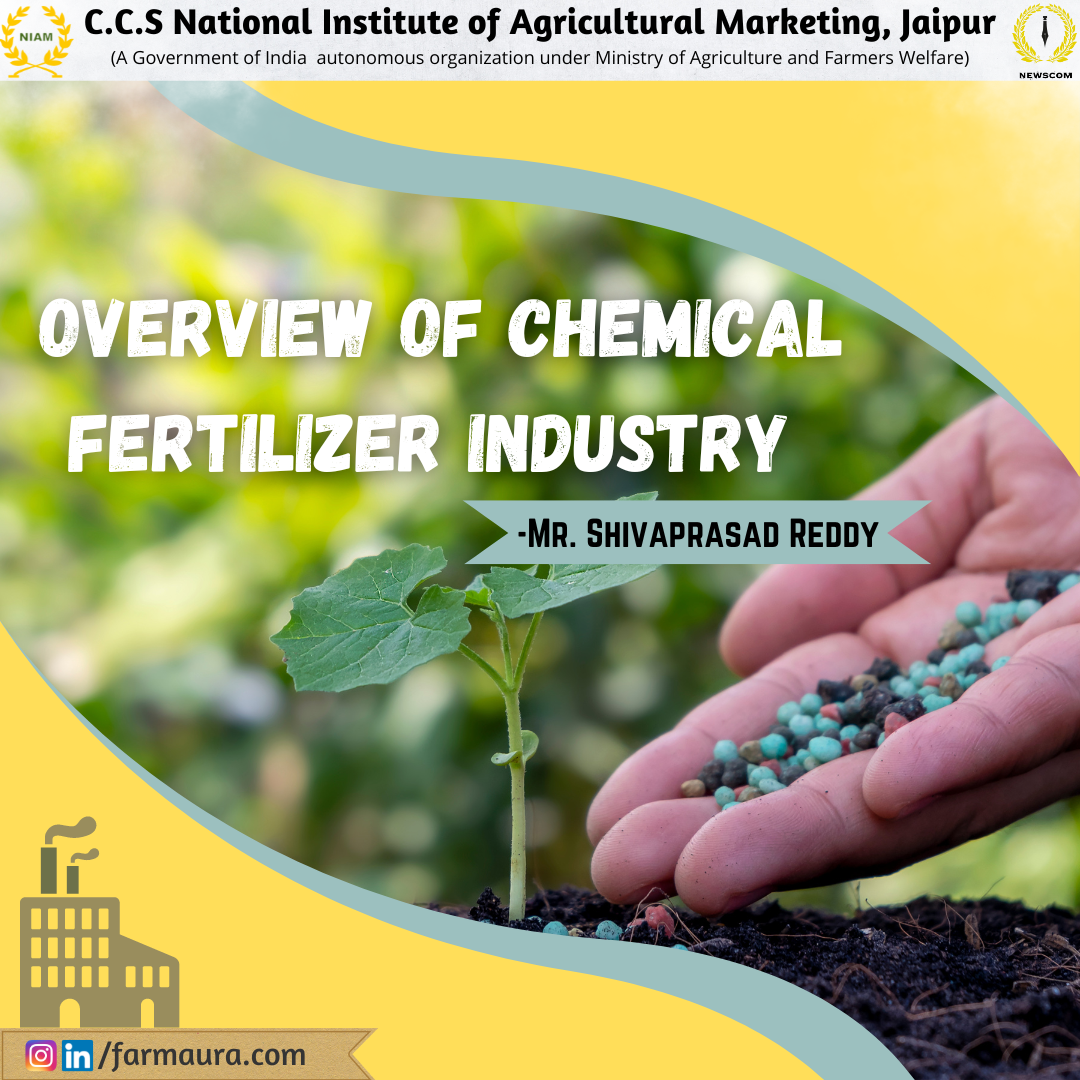The industrial revolution was followed by the green revolution which fulfilled the growing population’s food demands and caused an increase in yield per unit area in crop production, but they also increased the use of synthetic fertilizers in agriculture. Less soil fertility is one of the most vital constraints in improving agricultural production. But the intensive use of inorganic fertilizers in agriculture worldwide for ensuring world food security caused so many health problems and unrecoverable environmental pollution.
In 1950, fertilizers comprised only a small percentage of the nutrients needed for grain production, most of the supply being provided by the “natural fertility” of the soil and added manure. By 2020, more than 70% of the grain yield will have to depend on fertilizers. The demand for plant nutrients is expected to increase continuously with population growth world population is expected to increase by about 2.3 billion by 2020 and double by the year 2050.
Deleterious Effects of Chemical Fertilizers
Soil nutrient levels are decreasing over time and these nutrients get replenished either through natural decomposition or by adding fertilizers. Hence fertilizer is an essential component of modern agriculture. But though chemical fertilizers are the major cause of sufficient crop production for the world population, their overuse causes serious challenges to the present and future generations like polluted air, water, and soil, degraded lands, depleted soils, and increased emissions of greenhouse gases. These synthetic fertilizers are not only becoming hazardous for our environment but also humans, animals, and microbial life forms too.
Microbial life forms too. It’s high time that everyone understands the ill
Over-application of chemical fertilizer to plants may cause the leaves to turn yellow or brown, damaging the plant and reducing the crop yield. They reduce mycorrhizal root colonization and inhibit symbiotic N fixation by rhizobia due to high N fertilization. Nutrients are easily lost from soils through fixation, leaching, or gas emission and can lead to reduced fertilizer efficiency.
Though the chemical fertilizer increases plant growth and vigor,
hence meets the food security of the world, but the plants grown in this way do not develop good plant characteristics such as good root system, shoot system, and nutritional characteristics and also will not get time to grow and mature properly.
The beneficial effect of chemical fertilizers
The versatility of chemical fertilizers is undeniable: they possess properties that match the high expectations and needs of intensive agriculture.
The following are some of the advantages offered by this type of product:
► Higher production per hectare
The areas and surfaces that can be used for agricultural operations are improved by chemical fertilizers. These can promote higher yields per hectare sown and aid in plant development because of their strong contribution of macronutrients. These fertilizers enhance the depth of the roots by up to one meter which makes the plants much stronger and able to receive all the nutrients they need from the subsurface fluids. They also help the soil absorb nutrients more effectively.
► Soil adjustment
Different soil elements, such as very low or high acidity levels, can be adjusted through the application or usage of fertilizers that complement other chemicals and procedures, such as liming.
► Reaction to critical cultivation scenarios When severe crop problems arise and plants do not appear to be developing properly, chemical fertilizers might provide an immediate answer. Through foliar treatments, N-P-K fertilizers – which include nitrogen, phosphorous, and potassium – can boost the health and expectations of plants in the advanced stages of cultivation. This practice consists of diluting the fertilizer in water to propagate it directly in the area of the plant




